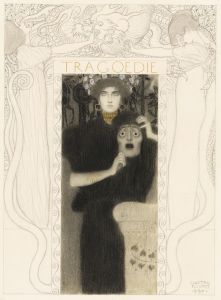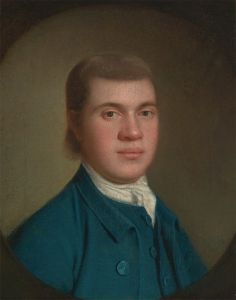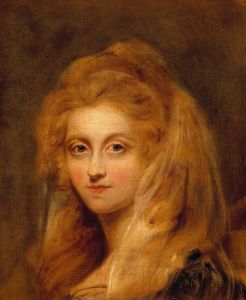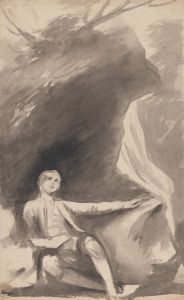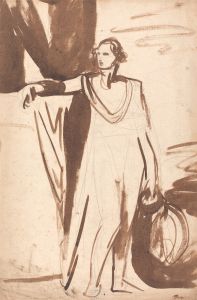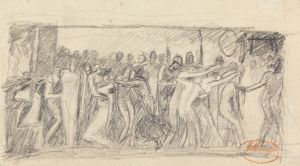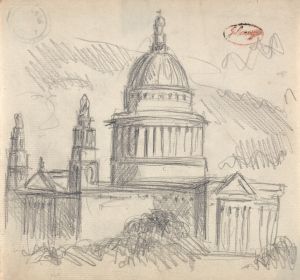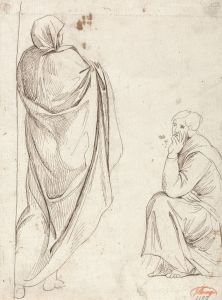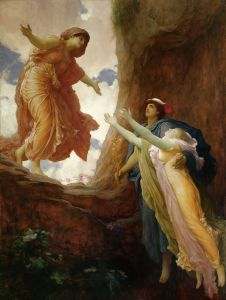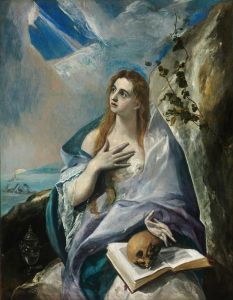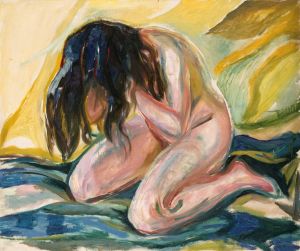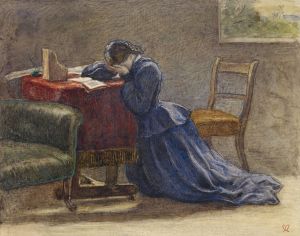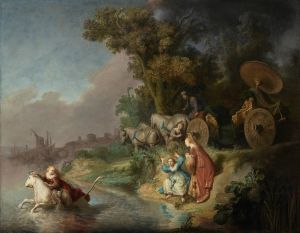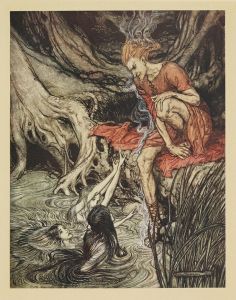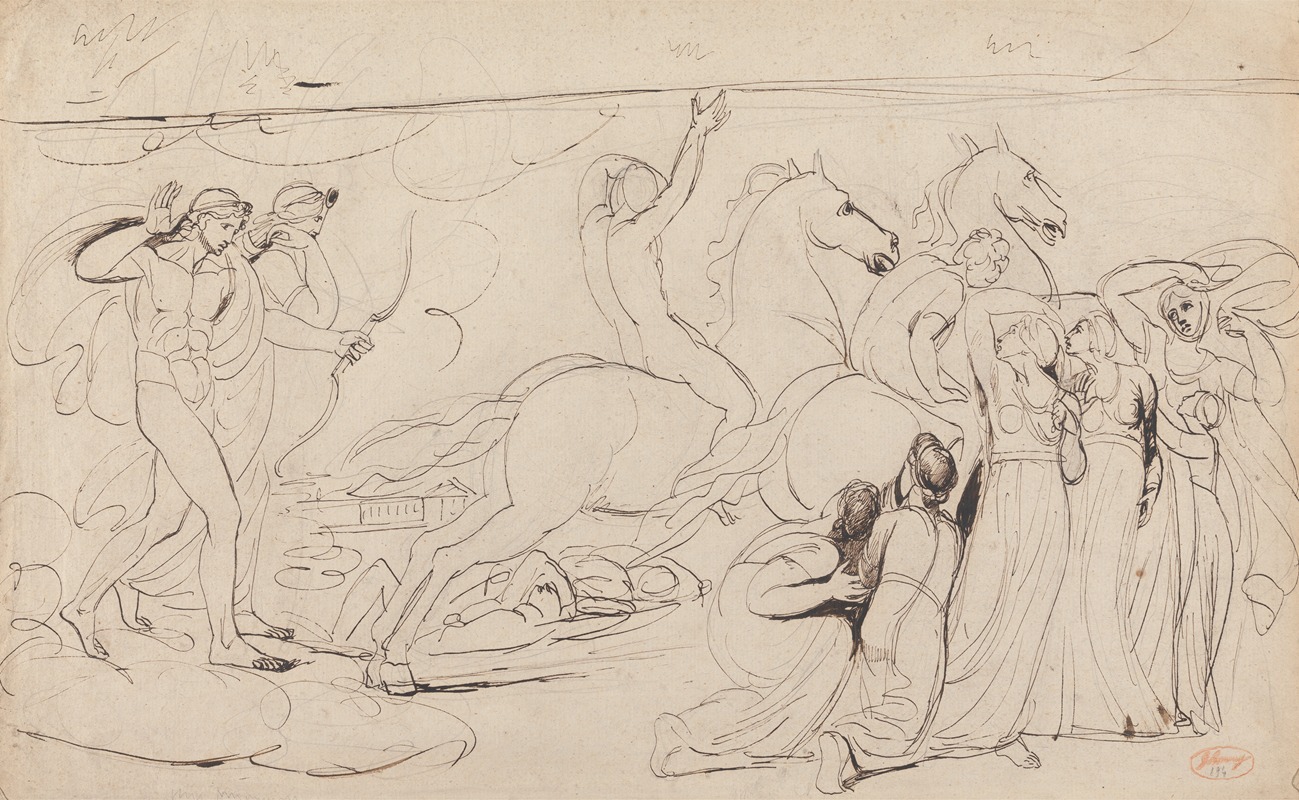
The Destruction of Niobe’s Children
A hand-painted replica of George Romney’s masterpiece The Destruction of Niobe’s Children, meticulously crafted by professional artists to capture the true essence of the original. Each piece is created with museum-quality canvas and rare mineral pigments, carefully painted by experienced artists with delicate brushstrokes and rich, layered colors to perfectly recreate the texture of the original artwork. Unlike machine-printed reproductions, this hand-painted version brings the painting to life, infused with the artist’s emotions and skill in every stroke. Whether for personal collection or home decoration, it instantly elevates the artistic atmosphere of any space.
George Romney's painting The Destruction of Niobe’s Children is a work of art inspired by the mythological tale of Niobe from Greek mythology. Niobe, a figure from ancient myths, was the daughter of Tantalus and the wife of Amphion, the king of Thebes. Her story is most famously recounted in Ovid's Metamorphoses. According to the myth, Niobe, in her hubris, mocked the goddess Leto for having only two children, Apollo and Artemis, while she herself had many. In response to this insult, Leto sent her children to punish Niobe by killing all or most of her offspring.
Romney's painting captures the tragic moment of the divine retribution, focusing on the dramatic and emotional intensity of the scene. The work is characteristic of Romney's interest in classical themes and his ability to convey human emotion through dynamic compositions and expressive figures. The painting likely reflects the neoclassical style that was prominent during Romney's career, emphasizing clarity, order, and the influence of ancient art and literature.
George Romney (1734–1802) was a British artist known primarily for his portraiture, but he also created works based on historical and mythological subjects. His interest in classical mythology and literature is evident in several of his works, including The Destruction of Niobe’s Children. Romney was a contemporary of other notable British painters such as Joshua Reynolds and Thomas Gainsborough, and he achieved significant success during his lifetime.
The exact date of the painting is not definitively recorded, but it is consistent with Romney's broader body of work, which often explored themes of human suffering, divine intervention, and moral lessons drawn from classical sources. The painting is notable for its dramatic use of light and shadow, as well as the emotional expressions of the figures, which convey the anguish and terror of the moment.
As of now, the current location of The Destruction of Niobe’s Children is not widely documented, and further details about its provenance or exhibition history are limited. However, the painting remains an example of Romney's engagement with mythological subjects and his ability to translate ancient stories into compelling visual narratives.
This work is a testament to the enduring influence of classical mythology on Western art and the ability of artists like Romney to reinterpret these timeless stories for their own era.





